By Rick Bernardi, J.D.
You’ve probably seen “the comment.” It goes something like this. A news article reports that a cyclist was injured, or maybe even killed. The cyclist was following the law. The driver was not. Maybe the driver was just being careless. Maybe the driver was deliberately targeting the cyclist for harassment, or worse.
It doesn’t matter, because “the comment” always follows the same logic: “When cyclists stop breaking the law…” Regardless of what actually happened, regardless of the fact that this particular cyclist was following the law and this particular driver was not, some aggrieved motorist feels obliged to point out that cyclists break the law.
This is the myth of the scofflaw cyclist.
Now, let’s talk about myths for a moment.
Typically, people will use the word “myth” to mean a falsehood. That, however, is not an accurate meaning of “myth.” A myth is actually a story that explains the world according to the perspective of the story-teller. Every culture, for example, has a myth about how the world was created, and how the people of that particular culture came to be in this world.
So by “myth,” I don’t mean that it’s falsehood that cyclists break the law. Of course it’s true that some cyclists break the law. But it’s also true that some cyclists obey the law. Some drivers break the law. Some drivers obey the law. Some pedestrians break the law. Some pedestrians obey the law.
The truth is, motorists, cyclists, and pedestrians are all really just human beings getting around by different means, and all three groups break the law, each in their own way. Motorists speed. Cyclists run stop signs.Pedestrians jaywalk.
The problem is, if somebody wants to explain why one of those groups—cyclists, for example—are a cultural outsider that should be discriminated against, the truth is too complex, too messy, to support that conclusion. So a myth, the myth that cyclists are scofflaws, explains why they are unworthy of protection, unworthy of justice, unworthy of compassion.
The myth explains why they should be discriminated against. The myth explains why drivers should not be held accountable for their own actions.
You see, it’s because cyclists break the law.
Now as I said, a myth is not the same thing as a falsehood. Many cyclists do run stop signs, and there is no question that running stop signs irritates drivers. And there are some explanations for that irritation that don’t rely upon bias against cyclists. For one thing, it violates a basic cultural sense of fairness. A motorist stops at a stop sign, and some cyclist comes zipping by and unlawfully runs the stop. It seems unfair. And besides violating their sense of fairness, running stop signs is something that drivers perceive as “dangerous.” And it is dangerous; when a driver runs a stop sign, the odds that somebody will be injured or killed are substantially increased.
But many cyclists don’t perceive running stop signs as being particularly dangerous when done by a cyclist. They see it as being more akin to a pedestrian not stopping at a stop sign. But cyclists do see speeding as being particularly dangerous. And motorists do not.
And this gets to the reality about scofflaw behavior—motorists, cyclists, and pedestrians alike condemn unlawful behavior that they see as being particularly dangerous, while more or less condoning unlawful behavior that they do not see as being particularly dangerous. And each group has its own, different perception of dangerous behavior. The problem is, cyclists and drivers are not in agreement about which laws should be obeyed and which should be disobeyed. Drivers think that it is important to stop at stop signs and red lights (although almost no drivers will come to a complete stop at stop signs), and resent that many cyclists treat stop signs as yield signs. Cyclists think it is important to observe the speed limit, while most drivers think it is safe to violate the speed limit within a certain amount.
Thus, many cyclists selectively obey the rules of the road. This means that they will obey those laws that they think are important to obey, and will violate those laws that they think are not important (or that they think are misguided or dangerous) to obey. And although drivers are irritated by this, drivers do the exact same thing—they selectively obey the laws that they think are important to obey, and they disobey the laws that they think are not important to obey.
In one sense, what is really at issue here are conflicting ideas about whether a bicycle is exactly like a motor vehicle and should therefore be subject to exactly the same laws, or whether a bicycle is fundamentally different—a human-powered vehicle—and should have laws that reflect that difference.
Motorists and cyclists who believe that all vehicles on the road should be subject to the exact same laws are taking the position that, for purposes of the law, a bicycle is exactly like a motor vehicle. Conversely, cyclists who believe that a bicycle is fundamentally different from a motor vehicle believe that the law should reflect the differences, while still recognizing the cyclist’s right to the road. And then there are the motorists who believe that the law should reflect the fundamental differences between bicycles and motor vehicles. Unlike the cyclists who hold this view, these are the motorists tend to believe that cyclists should not be allowed on the road at all—even if the law says that bicycles do belong on the road.
These are the drivers who vehemently object to the presence of cyclists on the road. These are the drivers who never miss an opportunity to point out that cyclists are scofflaws. These are the drivers who never pass up the chance to argue that cyclists are unworthy of being treated fairly. These are the drivers who believe that when a law-abiding cyclist is injured or killed, careless drivers should not be held accountable for their actions. It’s not that they object to lawbreaking, it’s that they object to the law.
And when they take the law into their own hands, these are the drivers who harass, bully, and even assault law-abiding cyclists for riding on the road, as the law allows.
Their rationale?
The myth of the scofflaw cyclist.
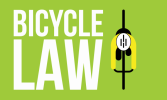
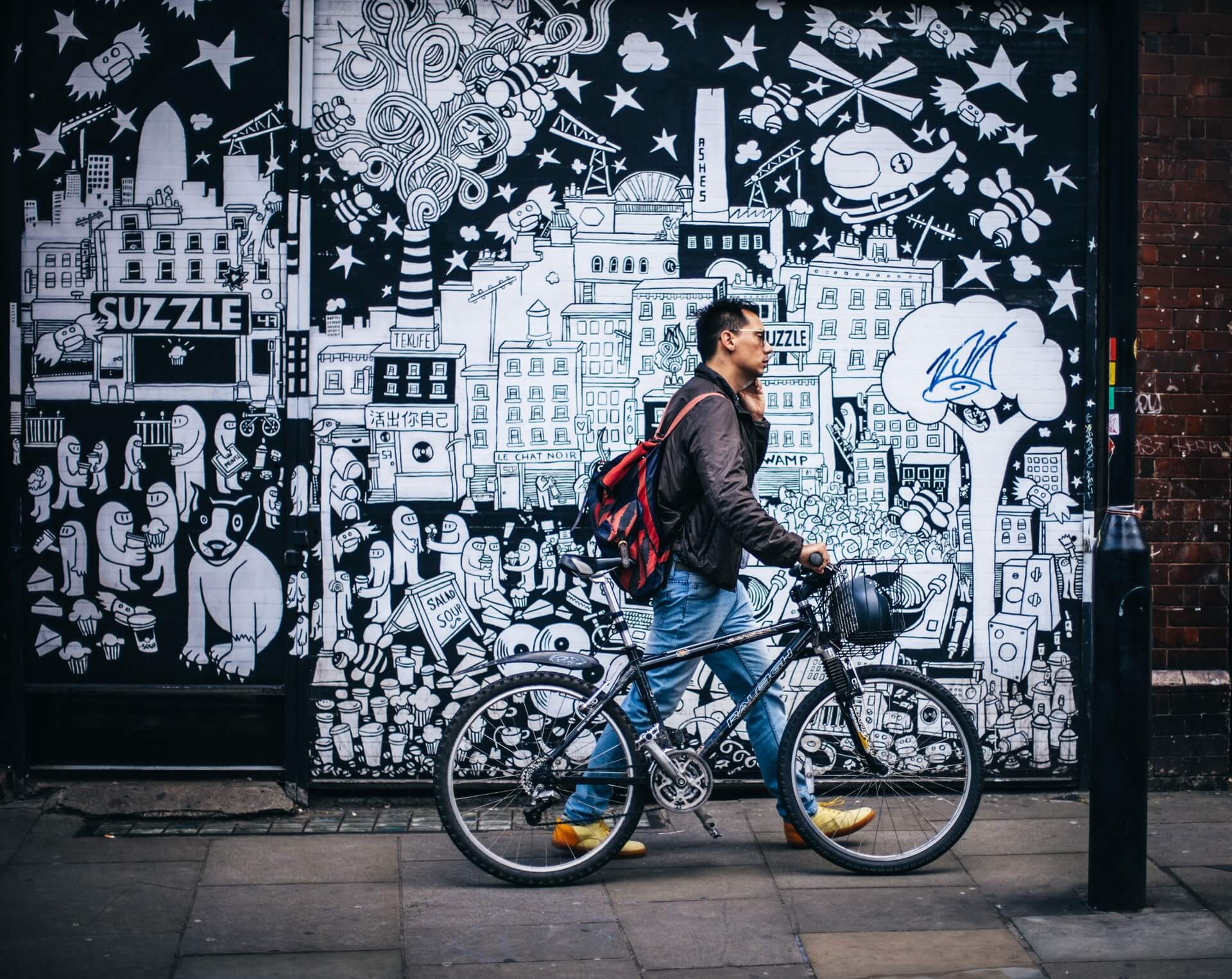
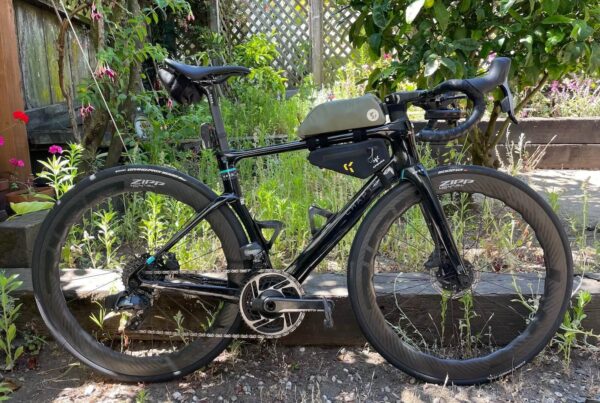
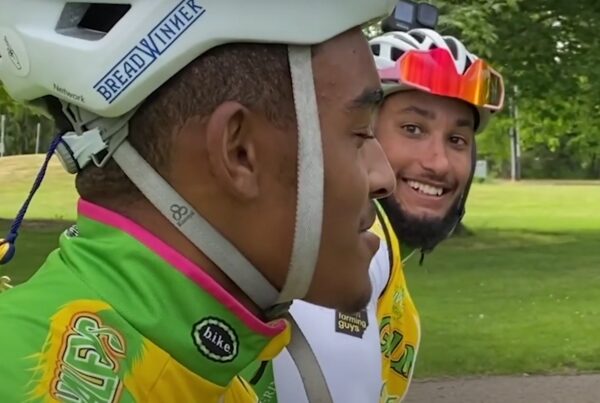
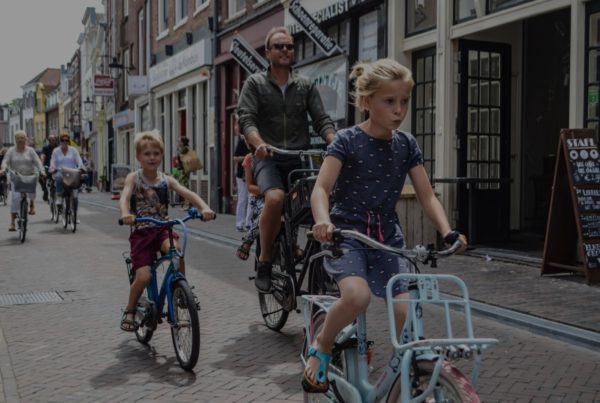
Great commentary Rick. This summarizes and explains a great deal of the conflicting attitudes and behaviour of these road user groups.
Both “bendings” of the law are more appropriate when the mode of transportation is more uniform (mostly bikes or mostly cars). Blowing stop signs and intersections on a bike would be less dangerous if there were almost no cars out. Maintaining 70mph on the freeway is less dangerous if everyone is going that fast. It’s the sharing that’s problematic (as usual). Car infrastructure is such a mess, and you do point out an interesting fact of human nature. It just seems like bikers’ rights would make dedicated infrastructure their main plank instead of focusing so much on changing people’s minds about how the roads we have should be used. Roads are easier to change than minds, but it takes money. And I guess that’s why it’ll never happen…
Excellent.
This is one of your best pieces, ever. Great, great job.
Great piece. But some of use believe motorists and bicyclists are subject to the same operating laws, while not believing that bicycles are exactly like motor vehicles. Motor vehicles have been proven to be dangerous to other people to the extent they require registration and a license to operate.
Also, it is useful to call cyclists “bicycle drivers” to reinforce that we are drivers of vehicles.
Thoroughly enjoyed this article and will definitely share. So many important points. Thank you.
I agree with the commentary, but I feel it’s screaming for ‘an answer’. It seems to me that there are two basic ways of dealing with the problem: either remove laws that are going to be broken, or make such laws enforceable.
Speed cameras can prevent and enforce speeding laws, but as things stand, speed cameras are usually set up to only issue a ticket if a vehicle is traveling 10 or more mph over the speed limit (here in Montgomery County, MD, it’s 12mph). It makes a mockery of the speed limit and makes low-speed roads that much more dangerous (for example, a 20mph limit effectively becomes 32mph).
The other way to fix these problems is to get rid of useless laws – for example, remove all non-essential ‘Stop’ signs and replace them with ‘Yield’ signs. Virtually no cyclists or motorists actually stop at a Stop sign anyway. I know my daughter and I are the only ones on our commute to actually stop at every Stop sign.
Same with Jaywalking. Why is that a crime anyway? It’s not in the UK, and they get on fine. Surely the basis of the law is equal rights to the road for everyone. How is it then, that pedestrians can be cited for using it?
There’s actually a term for what you’ve described: Actor-observer bias. I just wrote more about it and how it explains the motorist perception of cyclists.
https://www.m-bike.org/blog/2012/12/11/motorists-and-actor-observer-bias/
Laws for cars are applied to bicycles, even though there is often no reason other than the two are types of vehicles. As a cyclist, very much interested in not getting hit by a car, I can avoid collisions at intersections whenever there is a car approaching, by slowing down and stopping prior to entering the intersection if there is any risk. Even if I have the right of way, I slow down if a car is coming because I’m the one who will be injured if the driver doesn’t see me or the stop sign. Likewise, I have no reason to stop unless a car is coming, which I can see with my superior range of vision and hear unencumbered by being encased by a vehicle. Yes, I’m breaking the law, but the law as applied to cyclists doesn’t take into account differences in maneuverability, momentum and stopping distance, and ability to be aware of one’s environment.
Richard,
Firstly, if you have priority (what you call right of way), it’s not just your right, but your responsibility to assert it. The rules of priority on the road aren’t just nice ideas, they are rules that ensure safety on the road. When you refuse to take priority when it’s yours, confusion reigns, and when confusion reigns on the road, people get hurt. I’m not saying that you should just go as fast as possible into any situation in which you have priority – you can advance with caution while being assertive. What I am saying is that surrendering priority is unethical and dangerous.
Secondly, the fact that you think you have superior senses does not make it okay to break the law even if you think no one else is around. Our senses can deceive us, and anyone ignoring a Stop sign is taking a risk by assuming his senses are working correctly. Stopping gives us greater opportunity to double-check.
Finally, even if your senses are infallible, there is a social compact and an ethical imperative to obey laws, because it’s not all about you. If you break the law and someone sees you do it, that reflects on all of us.
Today on River Road, I had a huge pack of cyclists in front of me, all suited in training gear. They had one cyclist hang back, and I know I am to treat that one cyclist as a vehicle-and I did, even at their pace, 20 MPH below the posted speed limit. But, when the yellow line turned to a passing line, I attempted to pass the pack, as the road was wide with shoulders, I hit to gas to take the open lane to pass. At my shock, and the shock of my family, one of the pack moved over in front of me, and rode on the yellow line, and then crossed and rode in the opposite lane, to basically “block” me from passing. It was scary, as I was by then committed to the pass in the oncoming lane, and my passing line would be ending soon. I got around them, but it was clear-they used their “numbers’ to manipulate the situation.
I am a former rider myself, and fully believe in cyclists rights to share the road. But to attempt to block a vehicle attempting a legal safe pass was sheer madness. It terrified all of us in the car, and galled us that the racing team that always practices on River Road would do such a thing. I can see this will come to a bad ending, some time down the road, if that group continues to ride in that manner.
Really interesting topic! I like how you take the time to explain your point of view and in general dela with different topics. Thank you!
Ned, maybe the cyclists felt that there was not enough space for you to safely pass. I’ve seen, many times, motorists attempt to pass when there was clearly too little room, or when the motorist was attempting to pass illegally too close to an intersection, and I’ve done the same thing to prevent it on occasion, to ensure my own safety.